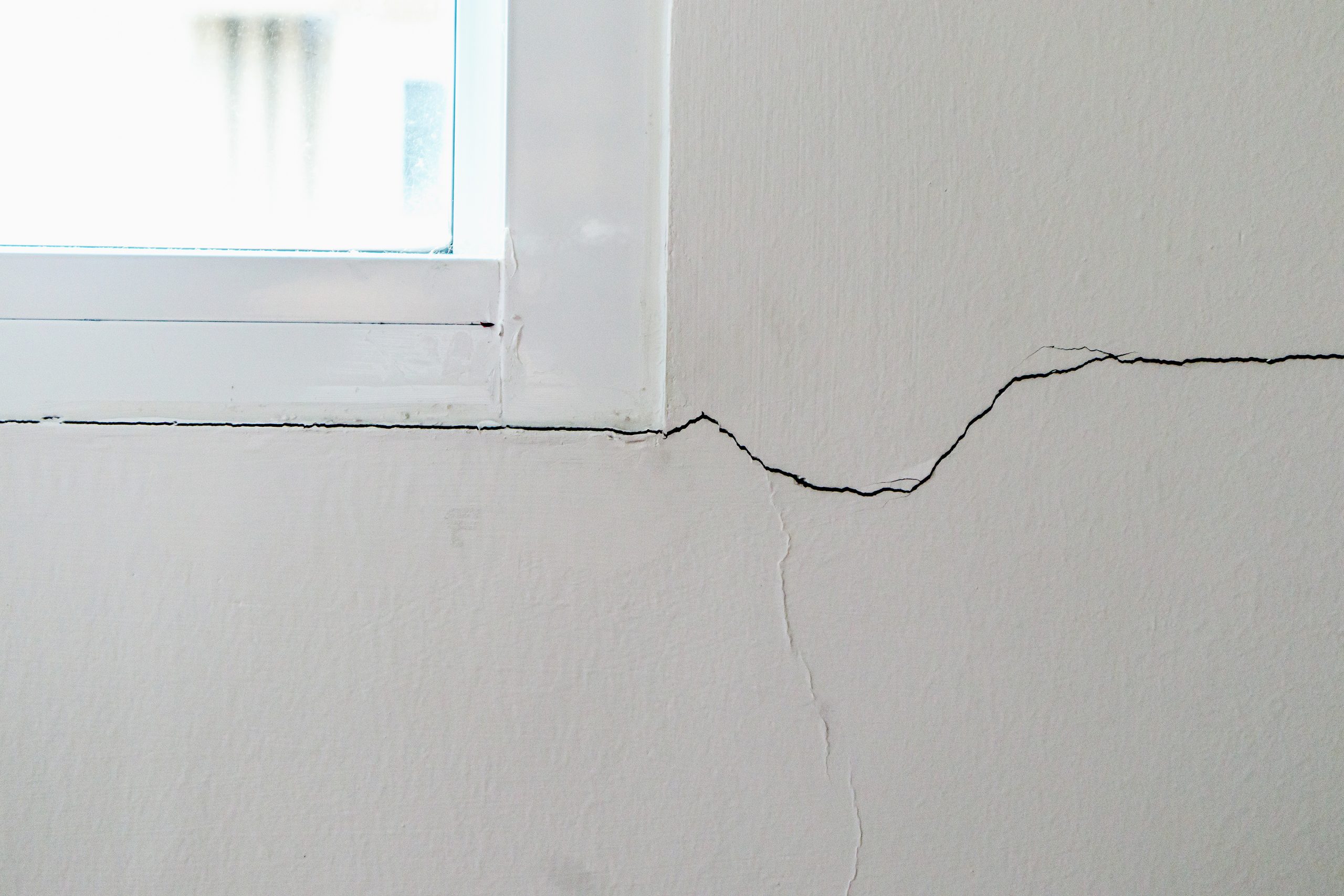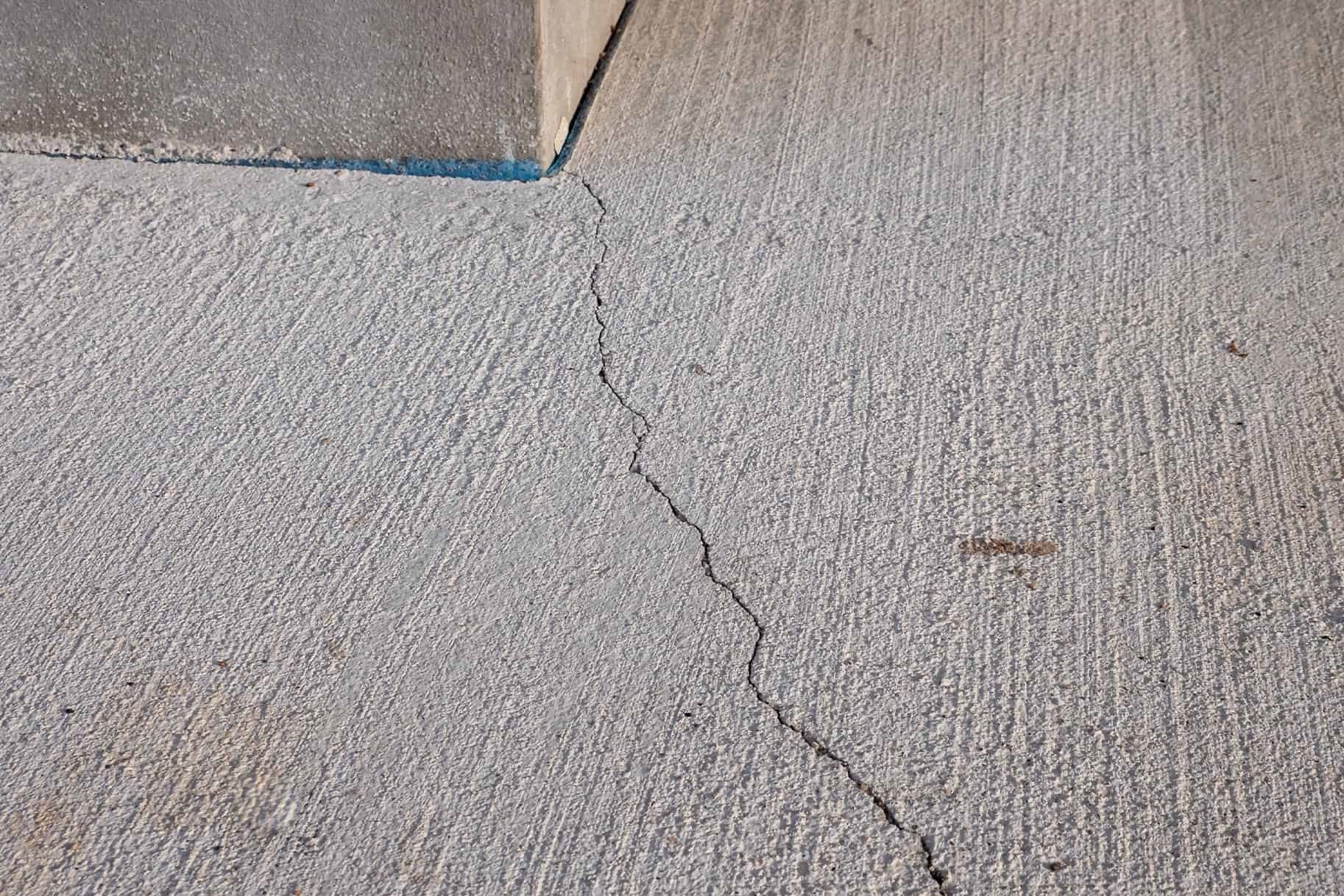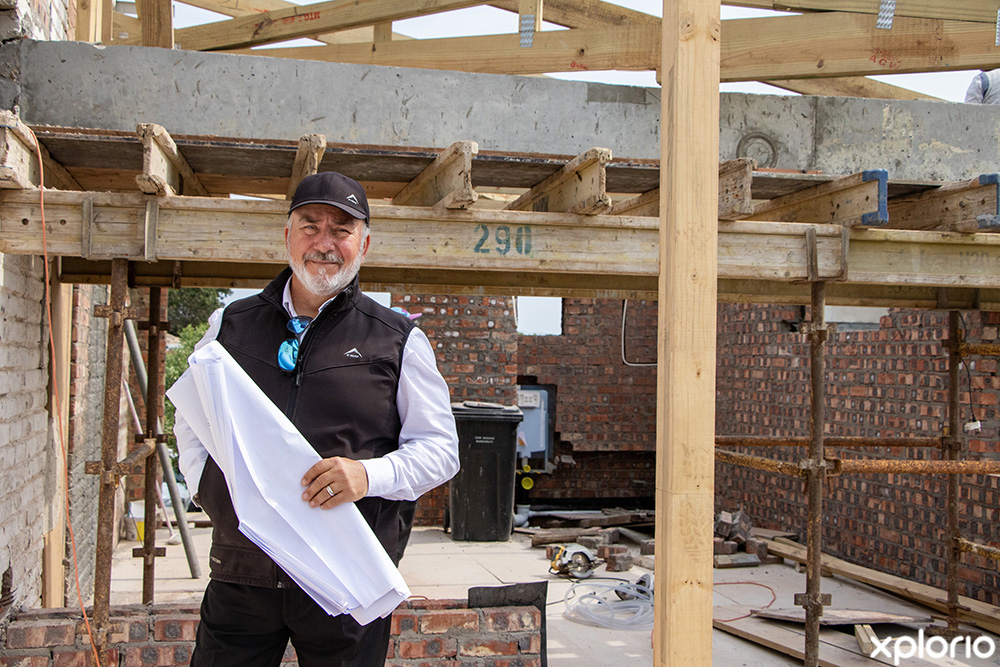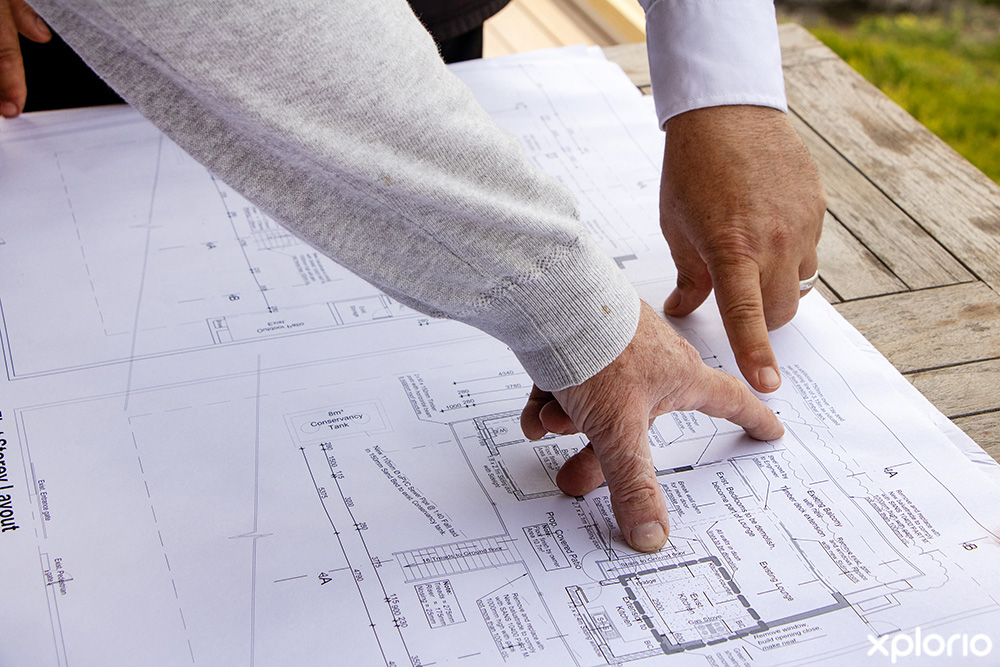How to Protect Your Home or Building from Win...
After a long, cold winter, the Overberg begins to stir with the promise of spring.
Buildings, like people, have a language of their own. Cracks and small imperfections can be early signs of bigger issues. Addressing them sooner rather than later can save you from costly repairs.
In this article civil engineer Kent Georgala explores some factors that cause cracks.
Read on as Kent shares advice on decoding what your building is trying to tell you and how to remedy the problem.


Depending on construction materials and the environment, cracks can appear in various forms. Common types include:
Hairline Cracks
These cracks are a normal part of building material's behaviour as they adjust to environmental changes. They can also indicate unsuitable materials, e.g. poorly graded plaster sand.
Although noticeable, they are superficial imperfections and don’t affect the building's structural integrity. They are generally not cause for concern and can be easily repaired.
Cosmetic Cracks
These cracks are often more noticeable than the hairline variety. They could stem from poor workmanship or surface damage caused by heavy objects dropped on floors or bumped into walls. Temperature fluctuations, moisture, or exposure to the elements can also play a role.
While they don’t compromise a building's structural integrity they can detract from its aesthetic appeal. Cosmetic cracks generally require careful attention during the rectification process to avoid a recurrence and make them as invisible as possible.
Structural Cracks
These are the most serious cracks. They indicate underlying issues that could affect the building's long-term durability and stability.
Typically, structural cracks evolve into large deep fissures in stair-step patterns along walls. They can also manifest as horizontal and vertical fractures in the foundation.
Caused by foundation settlement, soil movement or water damage, they can lead to serious structural issues if ignored. Leaving them untreated can compromise the safety of the entire building.
Differential settlement of foundations and floors is a leading cause of this kind of cracking and should be avoided at the outset of the construction/building process. Older structures subject to this type of cracking may be difficult to repair and require specialist attention.
Several factors can cause cracks in buildings, including but not limited to the following:
Settlement: As buildings settle, their structure may shift, causing cracks in walls and foundations. This is common in areas with poor soil conditions, e.g. clay.
Moisture: Water can weaken foundation materials, causing them to swell or shrink which could lead to cracks if not addressed in advance.
Temperature Changes: Fluctuations in temperature can cause materials to expand and contract. If not properly addressed in the design and construction process, this could cause cracks in concrete and masonry.
Poor Construction: Incorrect installation, curing of materials or the quality of the material itself, especially cementitious products, can lead to cracking over time.
Structural Overload: Excess weight can lead to cracks and damage to the structure. Structural concrete members are specifically designed to limit cracking (i.e. crack widths) by the addition of the correct amount of steel reinforcement.
To fix cracks, it’s essential to identify the cause and act fast to prevent further damage. Taking care of them now can save you from bigger, more expensive problems later.
Five Key Remedial Steps to Fix Cracks:
1. Have a civil/structural engineer assess the site to create tailored plans.
2. Remedy settlement cracks with underpinning or slab jacking to stabilise the foundation.
3. Improve drainage or install waterproofing to prevent moisture-related cracks through settlement.
4. Seal structural cracks in concrete with an approved and effective product per the recommended method.
5. Consider the installation of expansion joints to manage temperature-related expansion and prevent future deterioration.


Conclusion: Understanding Cracks in Structures with Omega
Cracks are generally an indication that something’s not right with the structure or building. By paying detailed attention to them, and fixing the problem early, you can prevent the situation from getting worse.
Omega Consulting Africa to the Rescue!
Are cracks affecting your property? Contact Kent for a professional assessment and tailored solutions!
Omega Consulting Africa (Pty) Ltd, based in Napier, is a civil engineering consultancy firm led by Kent Georgala (PrEng, PrCPM). The company provides professional consulting and engineering services across various industries, offering solutions to complex civil, structural, and forensic challenges. ...
View ProfileXplorio is your local connection allowing you to find anything and everything about a town.
Read MoreAfter a long, cold winter, the Overberg begins to stir with the promise of spring.
Living in the Overberg means dealing with some pretty wild weather in winter!
If you are planning a build, there’s one mistake you can’t afford to make.
The Overberg region is grappling with a relentless wet winter, with flooding that has left its mark on properties.
Moving to Overberg and building or remodelling a home? Understanding local authorities and bodies like the NHBRC can be challenging.
Some of our clients arrive at our doorstep slightly puzzled that they have to employ a professional civil/structural engineer before they can submit the building...
